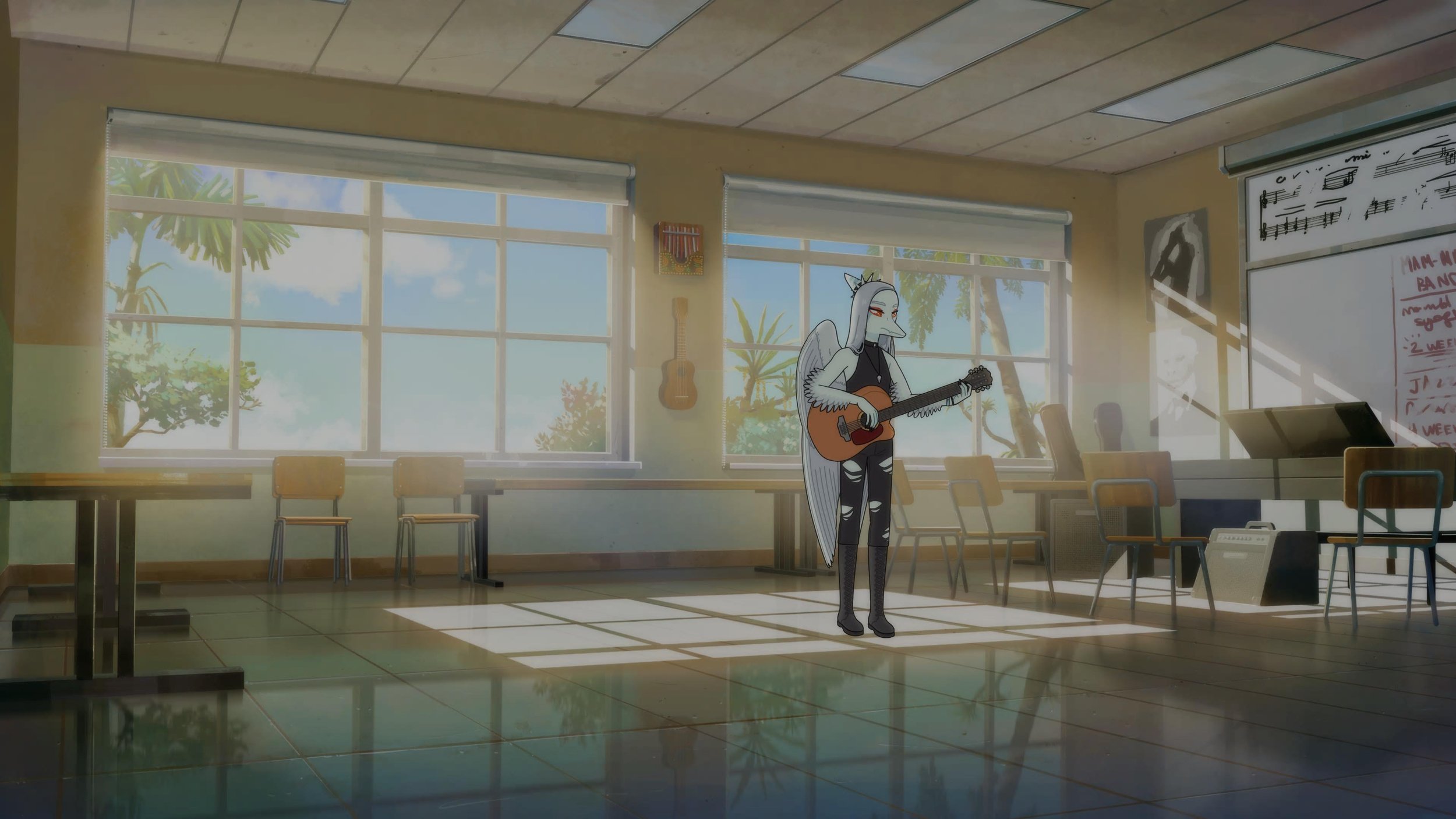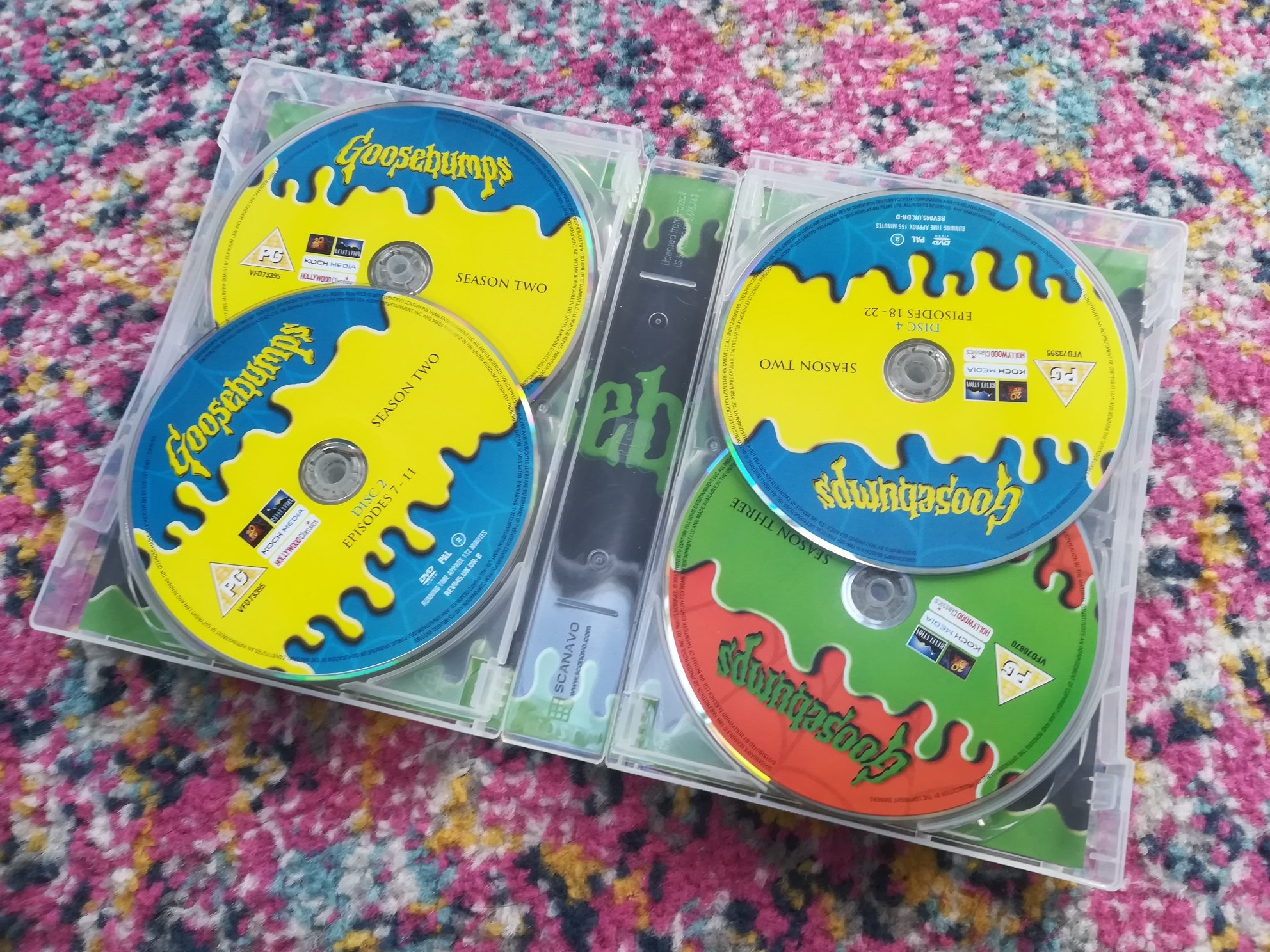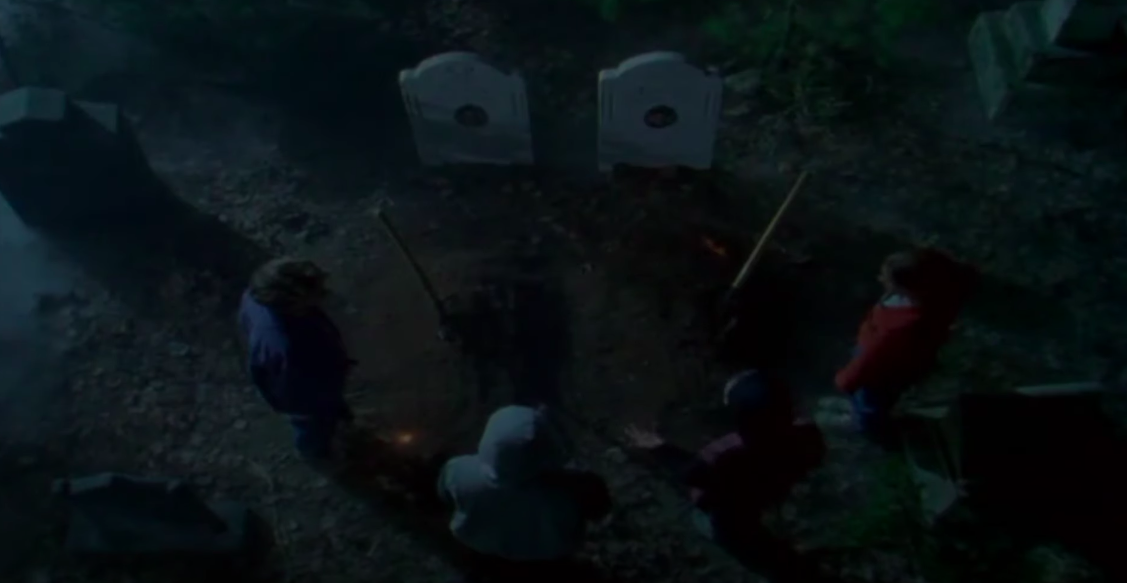I love videogames and a huge part of the experience is often the soundtracks. In fact, sometimes the soundtrack can often be the only saving grace (NES Silver Surfer is the go to for this one) or can turn a good game into a great game (Nier). Certain game music reminds of places I've been and the people I've been with; game music is the sound of my personal journey and the many worlds I've visited.
One of the best and most recent examples of a videogame that resonated with me was Oxenfree. The epic soundtrack by SCNTFC fitted in so well with the teen horror thriller game about a group of teens trying to get off a haunted island. The quippy dialogue, that didn’t seem too try-hard or Whedon-esque, and the synthy music really landed for me and reminded me of my youth with my friends. Anywho, I pre-ordered the vinyl over a year ago and finally received it today. The tracklist is:
[SIDE A]
Lost (Prologue)
Beacon Beach
Epiphany Fields
Towhee Grove
Against The Rocks
[Side B]
Cleanslate
Alsos
Cold Comfort
Lantern
Argonaut
[Side C]
Catbird Station
Against The Waves
Dead Light
Catchpole Station
From The Leads
The Gate
[Side D]
Kanaloa
Argonaut Atalanta
Days Past
The Beach, 7AM
The soundtrack comes in a heavy cardboard gatefold cover which is embellished with orange foil. The vinyl pressing itself is on translucent bright orange and is good with no jumps or warping at all on my player. The tracks themselves are as gorgeous and eerie as you remember, taking you back to Edward Island.
The Oxenfree soundtrack is an electronica delight, full of whimsy and unsettling soundscapes that suits the moods and themes of the game well.
1. Lost (Prologue) - The first track has a distorted warbly effect, almost like a damaged and stretched cassette tape, to lend it a cursed artefact effect.
2. Beacon Beach - Deep melodic synthy beats pulsate throughout the track. It is slowly layered as it progresses, adding depth and perpetuating the sense of unease.
3. Epiphany Fields - An airy sounding track with a gorgeous chant that wends it's way through a light repetitive arpeggio. It creates a sense of freedom and exploration.
6. Cleanslate - An eerie track with a soft arpeggio repeating over a light mysterious synthy track. It really adds a sense of unease as you are unsure where the track is going to go. You go on a real journey with this piece.
8. Cold comfort - This track sounds glacial and cold, with the synths creating a robotic repetitive beat against a higher pitched arpeggio.
9. Lantern - A haunting melody, almoat like a music box. The sound is creepy and sends the hairs on my neck on edge.
10. Argonaut - The standout track of the album for me. It starts gently with a restrained repetitive thrum but then the main deep driving synth kicks in and sets the whole piece alight. It is euphoric and truly an awesome moody piece.
19. Argonaut Atlanta - A reprise of sorts of the epic Argonauts theme but without the driving synths. However, it does hold its own as an ambient soundscape piece.
I am glad to add Oxenfree to my collection now, it’s been a long time coming but has been worth the wait. Whilst the cost of living crisis and other adulting costs keep my hobby in check, I do continue to pick up a videogame soundtrack vinyl here or there and have amassed quite a good collection (currently 20). My most recent buys have been the soundtracks to Sable, Astro’s Playroom and Nier Automata. I’ve loved wrapping myself in a blanket and reading a book whilst listening to this genre of music as it takes me back to simpler times. Now, onwards with Sayonara Wild Hearts and the Ecco the Dolphin Sega CD OSTs at a reasonable price!
LINK- Videogame Music and Vinyl
LINK- The Moomins 80's Soundtrack Vinyl Review
LINK- Inspector Gadget Retro Soundtrack Review
LINK- Ulysses 31 Retro Soundtrack Review
LINK- The Mysterious Cities of Gold Retro Soundtrack Review
LINK- Sonic Mania Video Game Vinyl Soundtrack




















































